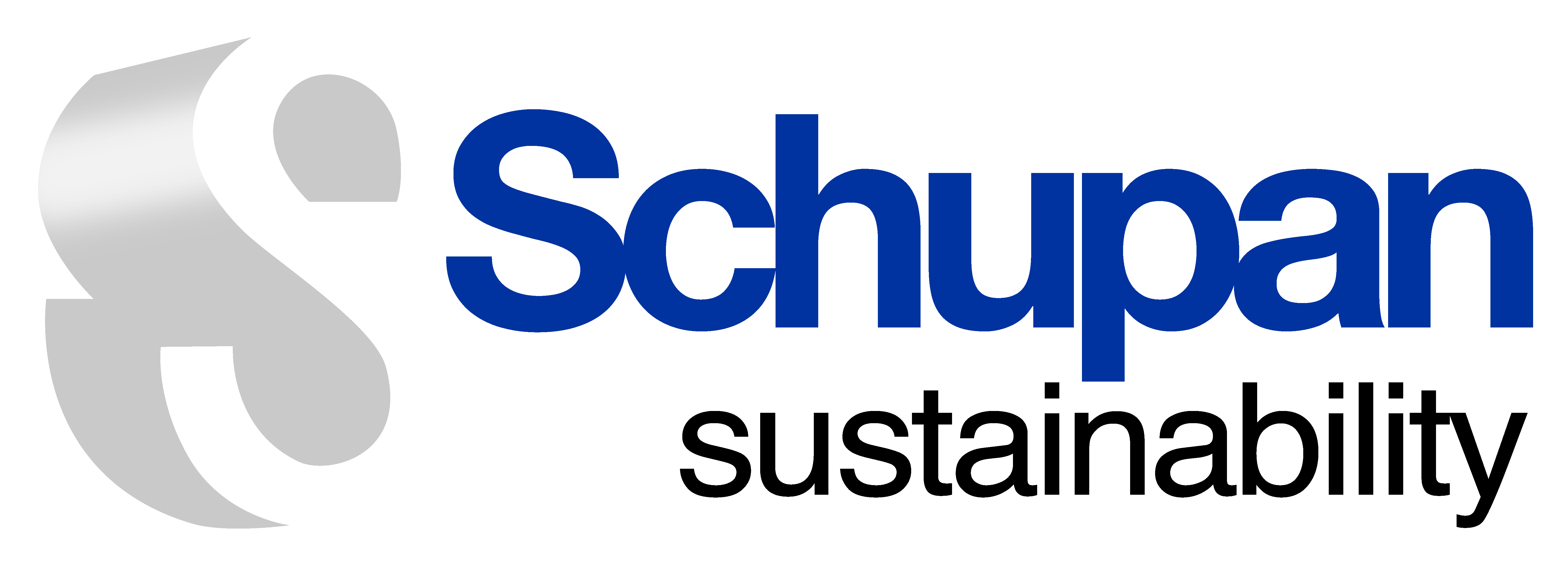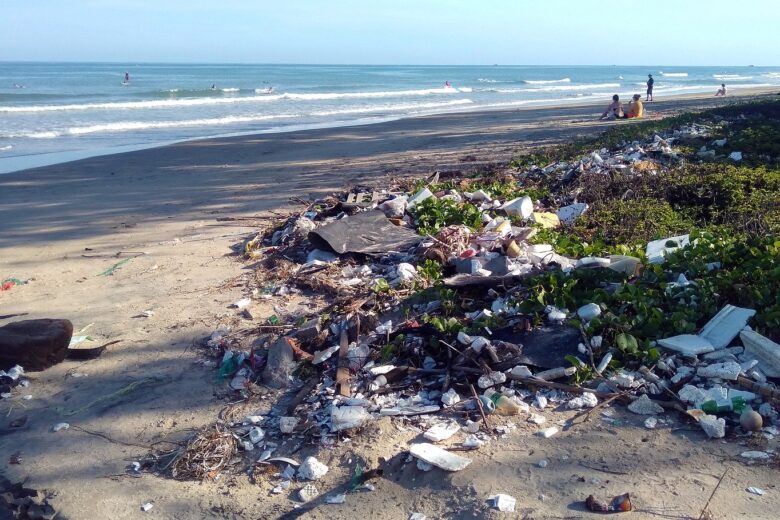Sustainable event management, or SEM, is the practice of minimizing an event’s environmental footprint through the development of principles addressing the event’s environmental, economic, and social impacts on the communities and stakeholders involved.
The growing worldwide interest and attention to climate change has led to an increased interest and growth in developing new practices and techniques to empower events to adopt sustainability programs. Advances in technology and new professional organizations throughout the world have enabled event producers, venues, attendees, sponsors, and communities to make the commitment to executing greener events.
Sustainability features can include, but not limited to:
- Recycling or food waste composting. What you are doing with all those used water bottles?
- Re-use or donation programs. Creating signage to be re-used or donating unused food to a local food bank.
- Water reduction programs. Refillable water stations or using captured rain water in the events’ venue grounds
- Energy efficiency. Is your stage lighting using LED lights?
- Reduction of carbon output (example: travel to/from an event). Purchasing of carbon off-sets or designing a program – such as tree planting – to off-set carbon emissions. Or encouraging your attendees to ride their bike or carpool to the event.
- Where are your materials coming from? Did you know you can buy t-shirts and polo’s made from recycled water bottles?
- Clean energy. Can your local utility company route clean energy to your events’ location or venue?
History of Sustainable Event Management
The growth of the sustainable event management industry has been expedited in recent years with the increased attention on climate change. As the importance of sustainability began to gain traction in the late 1990’s and early 2000’s, event producers and environmental advocates began to look for ways to incorporate greening options into events. As greener practices became more socially acceptable, events began to slowly incorporate programming options to appeal to the societal shift and the millennial generation, who have grown up with the expectation of sustainable business practices.
In 2007, in anticipation for the 2012 London Summer Olympics, the UK developed the British Standard for Sustainable Event Management (BS 8901). It was the first international standards designed solely for the execution of sustainable events. In June 2012, a proposal was successfully passed by ISO – The International Standard Organization – and ISO 20121:2012 Event sustainability management systems –-was adopted as the worldwide standard in sustainable event management.
Today, there are three primary international sustainability certifications events can attain (not including local, regional programs, or sport specific certifications). We will discuss certifications in a later blog post.
- ISO 20121
- APEX/ASTM. The Events Industry Council (formerly known as the Convention Industry Council) and the U.S. Environmental Protection Agency, authored, in cooperation with the APEX (the Convention Industry Council’s Accepted Practices Exchange) and ASTM (An ANSI certified international standard development organization), the APEX/ASTM Environmentally Sustainable Event Standards for the conference, meeting, and tradeshow industry.
- Council for Responsible Sport. Designed specifically for sporting events, the non-profit certifies a variety of sporting events including running races, NCAA Championships, golf and sailing.
Increased standardization has led to better comprehension for event producers and event sustainability professionals to align for the common goal to reducing events’ negative impacts. In the years since the implementation of ISO 20121, hundreds of events, organizers and suppliers, have taken action through the ISO and APEX/STEM standards to become more sustainable, while thousands of others have been inspired to examine more closely how they can become more sustainable.
Where to Start
The ISO 20121 and APEX/ASTM standards can be complex, expensive, and time consuming to receive certification and may not be applicable to the scope or type of your event. The standards provide the framework and procedural requirements in the event management planning process. Regardless of event type, budget, or desire to achieve a professional certification, there are three primary phases of event management to take into consideration as you start your sustainability journey:
- Before the event:
- Write a sustainability policy or commitment statement
- Achieve buy-in from your staff and establish your commitment to sustainability upfront with your stakeholders and sponsors
- Examine your needs and wants to determine your budget and avenues of funding
- Determine your goals, objectives and key performance indicators
- During the event
- Tracking of your key performance indicators
- Interaction with stakeholders, sponsors, and attendees to gain feedback on your sustainability programs’ reception and perception
- Identification of improvement areas, operational efficiencies, and future growth
- After the event:
- Obtaining data from your sustainability program to calculate potential waste diversion rate, environmental impact, cost savings, etc.
- Summarization of feedback obtained during the event
- Achievement of your goals and objectives through key performance indicators obtained throughout the event
Early commitments and buy-in from your staff, sponsors, and stakeholders are critical to the success of your sustainability program. Do not feel pressure to achieve everything in your first year. Sustainability programs are best when implemented in a phased approach.





